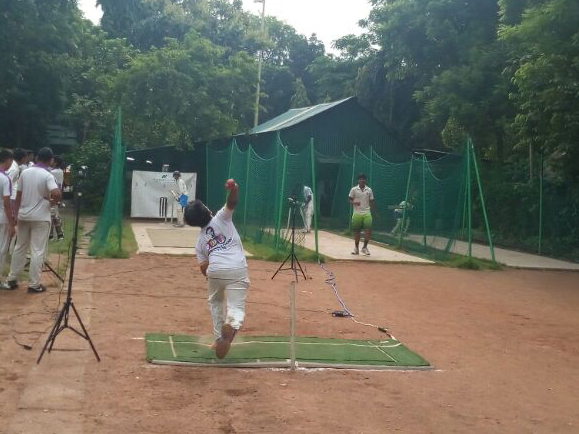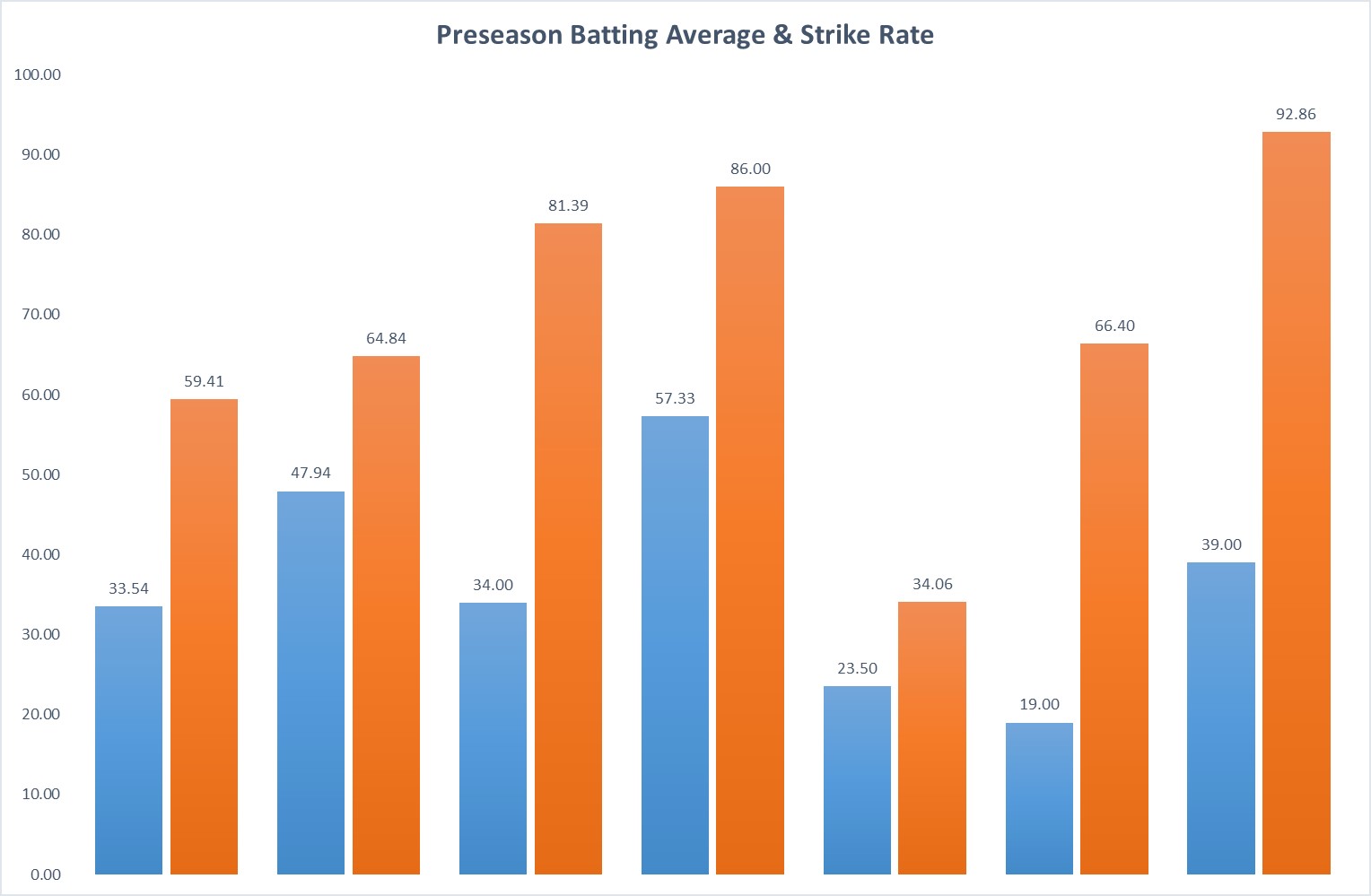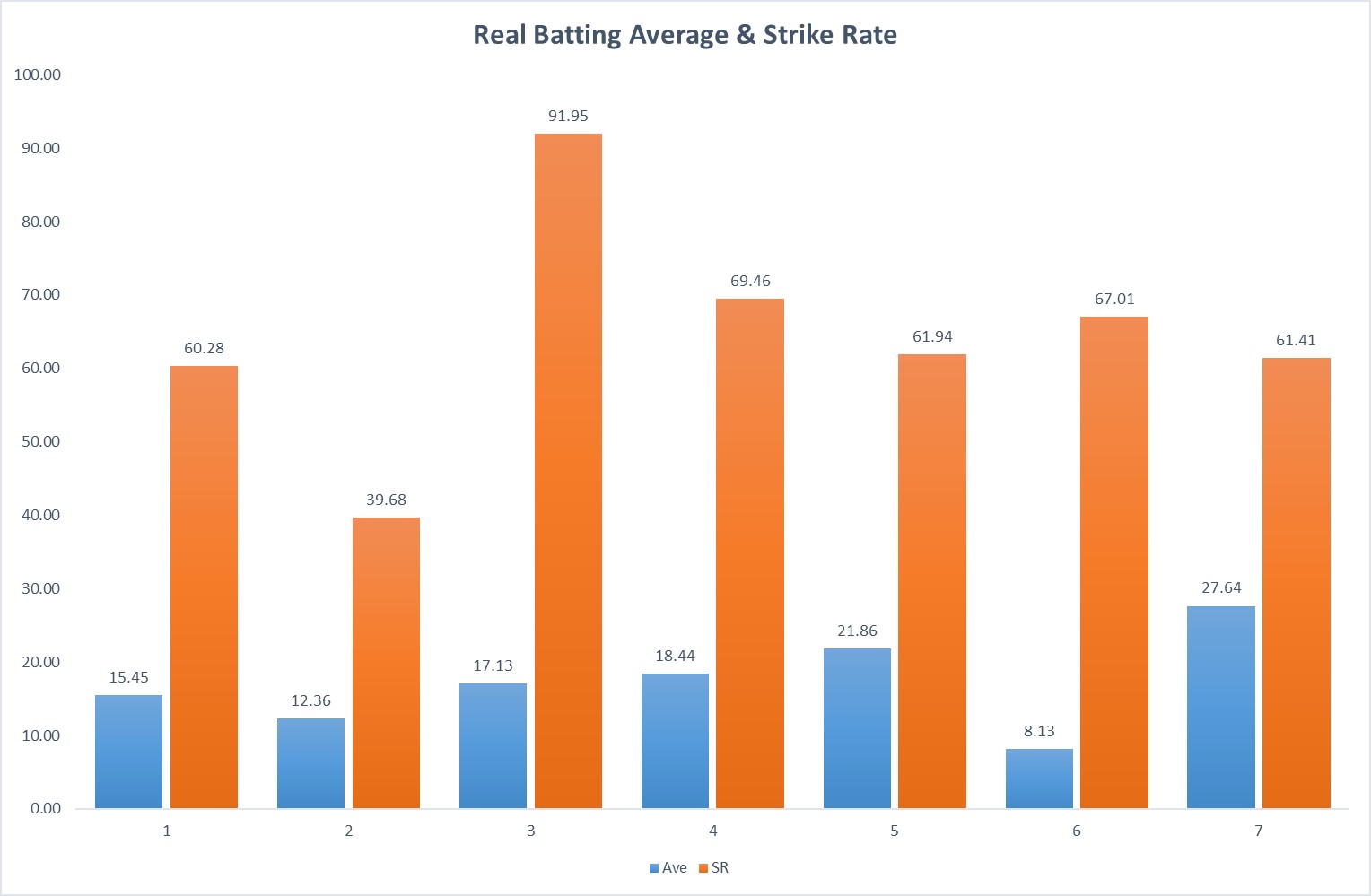How to Turn Good Net Form into Runs: Comparing Batting in Nets with Games
 One of the age-old battles in cricket is in the nets.
One of the age-old battles in cricket is in the nets.
The bowler claims one thing (caught!), the batsman claims another (one bounce four!). No one ever knows for sure unless the bowler hits the stumps. It's all good banter, but it does bring up one question; how can you improve your game if you don't know what happened?
Let's look at the problem and come up with some answers.
Proof nets don't reflect game performances
First, let's prove standard net practice is different from games.
The way we did this was to use PitchVision to track a club cricket team through pre-season nets and into a summer season. In the winter, we tracked how batsmen thought they would do. In the summer, we tracked how they actually did. Here is what we found (click for full size):
In the off season, the club had weekly indoor net sessions. Seven batsmen were asked to bat as normal in the nets and played a game that allowed them to judge runs scored and wickets fallen. During the winter, batsmen faced, on average 734 balls each. Here are the individual stats for each player:
As you can see, every batsmen did well. The "average" player scored 490 runs at an average of 36.33 and strike rate of 69.28. As they play 50 over cricket, this is good for a top order batsman. The best average was 57.33. The best strike rate was 92.86.
Now to compare these assumed runs with actual figures (for the same batsmen, click for full size):
As you can see, in comparison the real life runs in 16 matches give worse results.
The average batsman now faces 278 balls, scoring 166 runs at an average of 17.29. The strike rate averages out at 64.53, which is much more accurate.
The best average from this group is 27.64 and the best strike rate is 91.95.
What does this tell us?
My analysis of this is that club batsmen are good at judging how quickly they score, but very poor at judging when they are out other than very obvious ways (caught and bowled, bowled and plumb LBW). So, nets are certainly different and need to be treated with caution.
Can nets still help your cricket?
Based on this conclusion we can work out the best ways to use nets, and the ways to avoid. That way, nets can still be very useful.
The main recommendation is to add as much real-life context to batting sessions as possible.
That means playing games rather than having a hit.
You could play the game linked above for judging runs, or one of many others we have talked out here on PitchVision. You can even make up your own to meet your needs.
Decide what you want to get from the session and go in with a clear intention.
Even this simple change of focus, will help you transfer your form in nets, to runs in the middle.
- Login to post comments



